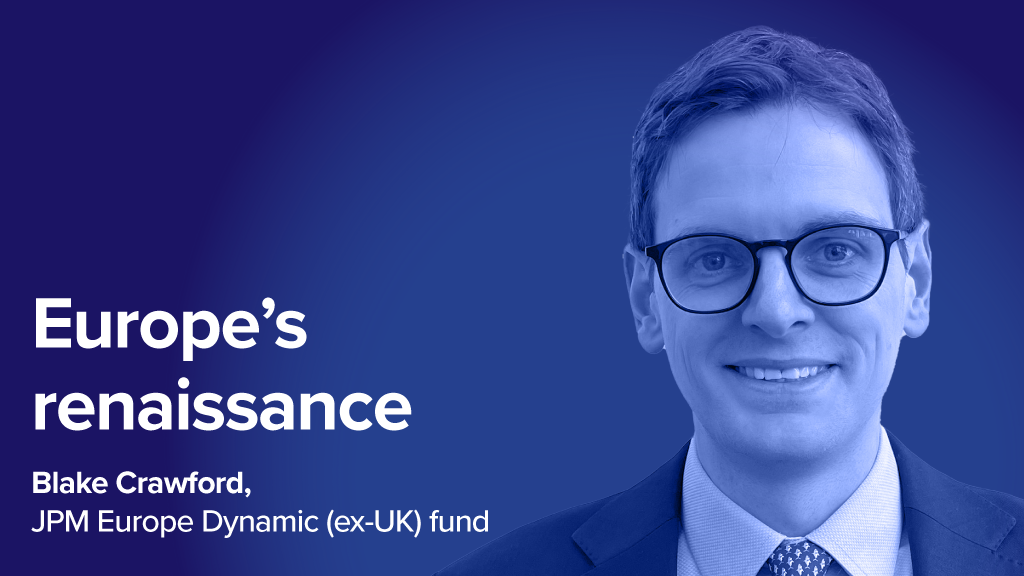Now, being a fund analyst I believe it is possible, through rigorous qualitative and quantitative analysis, to identify managers who have a better than average chance of delivering alpha, although I accept that this is easier in some markets than others.
However, many industry practitioners don't share my point of view and this has led to the rise of all the passive strategies, such as ETFs and trackers, that aim to match, rather than beat their respective indices, that we see in the market place today.
Most equity market indices, for instance the S&P in the US and FTSE in the UK, are market-capitalisation weighted, which means larger companies represent a larger chunk of the index. Herein lies the problem, when a company’s share price rises faster than the rest of the market, its weight within the index increases. A strategy that attempts to match the cap-weighted index is thus buying high and selling low; put another way, it has big exposure to the most expensive stocks. For example, when the index recalibrates, underperforming or cheap stocks are ejected in favour of outperforming or expensive stocks. So what can be done about this? Step forward “smart beta”.
Smart beta strategies, which are now well established in the industry, attempt to enhance the returns from tracking an index by deviating away from the traditional “cap-weighted” approach. They can do this in a number of ways. The simplest is to give each company within the index an equal weight. Now smaller companies will have a much higher weight in the index. Alternatively, you can weight stocks according to certain characteristics, such as earnings growth or volatility, for instance. The problem with these strategies is that while they appear to perform well in certain market conditions, they are prone to periods of underperformance. This is because the input data is backward looking, and will not account for dramatic shifts in the economic environment. To counter this the managers who devise these strategies are adding increasing levels of sophistication, and some of these strategies, dubbed “smart beta 2.0” are now becoming available to UK retail investors.
The concept of smart beta 2.0 is best illustrated with an example. A fund that I have seen recently, and is soon to launch in the UK, employs a strategy that looks to exploit the momentum effect. This is the phenomenon where share prices and markets tend to move in trends. A simple smart beta strategy may have gone about this by constructing a portfolio of the top 40 performing stocks from the previous year, and rebalance every month.
Aside from the huge trading costs, the problem with this strategy is that high beta stocks (or economically sensitive stocks) will tend to outperform in a bull market. This means that when the market reaches its peak, the portfolio will be full of risky stocks, just as the market turns. To combat this the managers have put in place several well thought through, but reasonably simple modifications, such as limiting portfolio turnover and have strict stock and sector over and underweight parameters. They also limit the portfolio beta. The end result is that this momentum strategy now outperforms over the cycle and is particularly strong in down markets, with it significantly outperforming the index in 2008.
In summary, I think this new generation of semi-active products that have track records of outperformance and behave consistently, can only be positive for the UK retail investor. Not only do they add competition into the market place, but they might also encourage benchmark-hugging active managers, of which they're are still too many, to re-double their efforts and differentiate themselves from the crowd.










